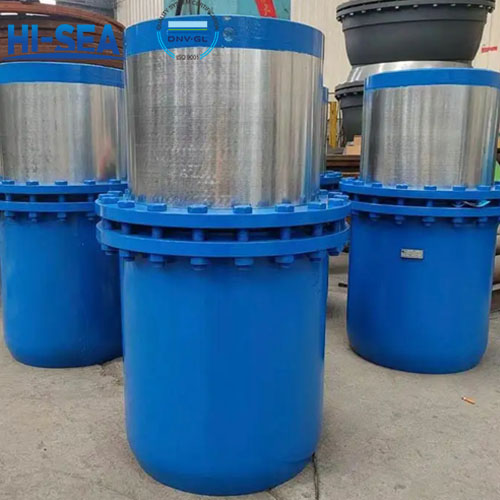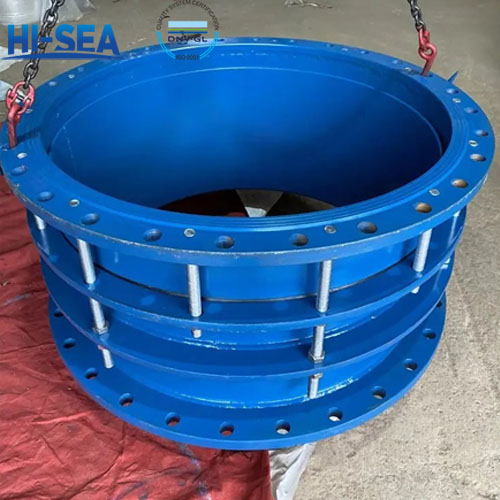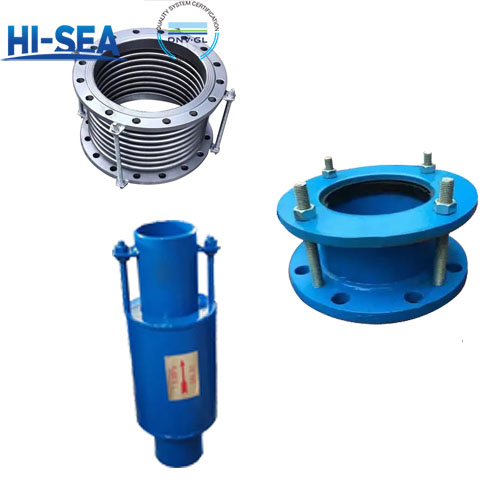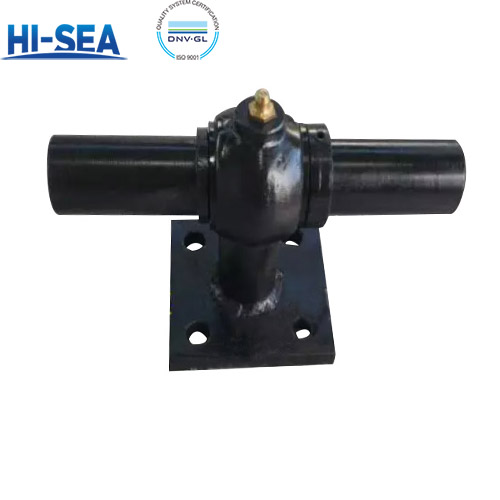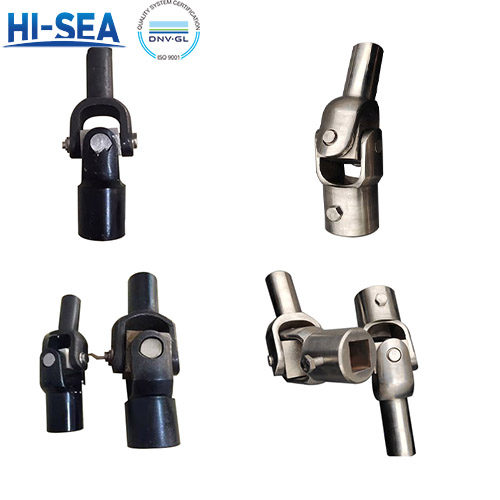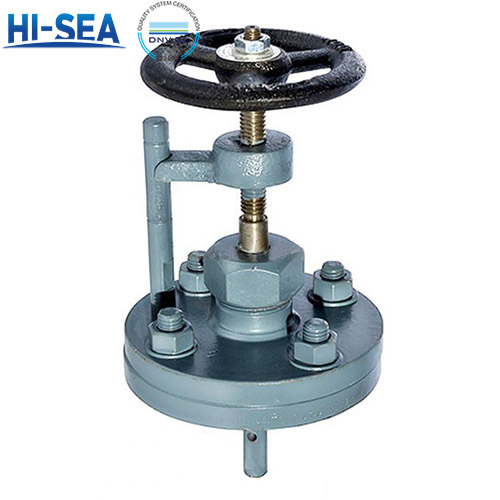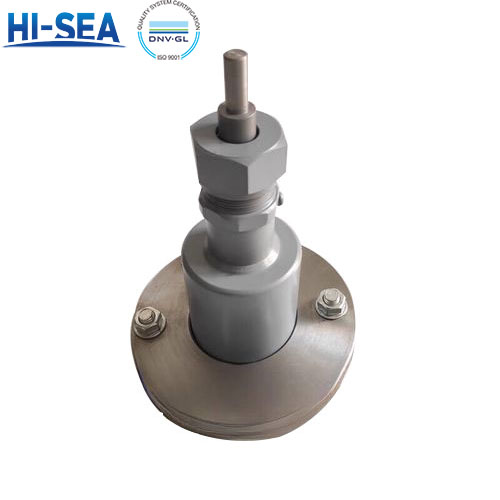
What Is Expansion Joint
Expansion joints are flexible connecting devices installed in pipelines, containers or equipments, which can absorb the displacement caused by temperature change, mechanical vibration, pressure fluctuation or installation error through elastic deformation to ensure the safe operation of the system.
Overview
Why use expansion joints
Expansion joints are the “safety valves” of industrial systems, preventing rupture and leakage of pipelines due to stress concentration. At the same time, it can reduce maintenance costs, reduce wear and tear of equipment caused by displacement, and extend service life. Its adaptable design solves the installation problems under complicated working conditions such as space limitation and multi-directional displacement.
Structure of expansion joint
Bellows: core component, absorbing displacement.
End pipe: connecting pipes.
Bracket: fix the expansion joint.
Sealing material: preventing medium leakage.
Protective sleeve: protects the bellows from external damage.
Classification and application of expansion joints
typology | specificities | typical application |
Metal Bellow Expansion Joints | Resistant to high temperature (≤1000℃), high pressure (≤10MPa), long service life | Petrochemical, power boiler, nuclear power pipeline |
Rubber Expansion Joint | Good elasticity, shock absorption and noise reduction, but low temperature resistance (-30℃~80℃) | Building plumbing, HVAC, marine systems |
Fabric Expansion Joints | Lightweight, corrosion-resistant, can absorb large displacements, but weak pressure-bearing capacity | Flue gas desulfurization, gas piping, high-temperature exhaust gas treatment |
Hinges / Universal Expansion Joints | Directional compensation of angular or multidirectional displacements, to be used in conjunction with a bracket. | Long-distance piping, L-type/Z-type piping with complex alignments |
Selection indicators:
Compensation: axial (tension/compression), transverse (lateral displacement), angular (rotation angle).
Working pressure: need to match the pipeline design pressure, to avoid overpressure failure.
Temperature range: material temperature resistance directly affects the service life (such as PTFE resistance -200 ℃ ~ 260 ℃).
Media characteristics: corrosive media need to use Hastelloy, 316L stainless steel or lined with anti-corrosion coating.
Fatigue life: bellows expansion joints need to pass the EJMA standard cycle test (usually ≥ 1000 times).
Market Trends of Expansion Joints
High-performance materials: develop new materials with high temperature and corrosion resistance.
Intelligent: Integrate sensors to monitor the status in real time.
Environmental protection and energy saving: develop low energy consumption and environmentally friendly products.
